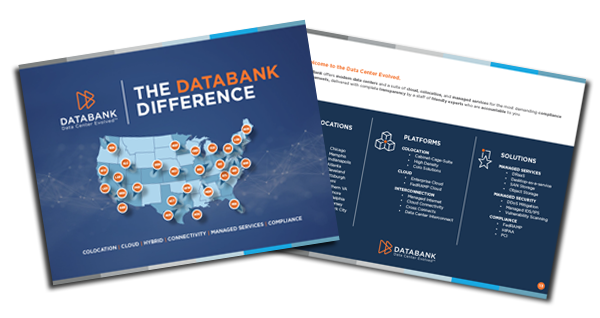All business decisions need to be driven by value. This means that every business decision needs to be supported by metrics for value measurement. With that in mind, here is a brief guide to some useful methodologies for quantifying return on investment (ROI) in hybrid IT integration.
Understanding hybrid IT integration
Hybrid IT integration is the strategy of integrating diverse IT environments into a single entity that functions as though it were a single unit. The core components of any hybrid IT integration are data centers and clouds (both private and public). It is now becoming increasingly common for hybrid IT integrations to include edge computing systems as well).
The overarching benefit of hybrid IT integration is that it enables businesses to manage their workload distribution at a very granular level. All of its more specific benefits derive from this. The overarching drawback of hybrid IT integration is that hybrid IT systems are more complex to manage than single-environment systems.
Ultimately, therefore, whether or not there is a business case for hybrid IT integration depends on whether or not it delivers enough value to justify its costs. This question can only be answered if businesses have an effective strategy for value measurement and, hence, for quantifying the ROI in hybrid IT.
Best practices for value measurement
Here are three key best practices for value measurement. These apply to all value-measurement scenarios, including quantifying ROI in hybrid IT.
Specify your objectives for the hybrid IT integration
Before you can measure value, you need to specify what you mean by value. In other words, you need to specify what you want a hybrid IT integration to do for you.
Your objectives for your hybrid IT integration should align with your overall business objectives. If different objectives have different levels of importance to your organization, give them each a weighting that reflects this.
Define the KPIs by which success will be measured
Translate your high-level objectives into specific, measurable KPIs (key performance indicators) that can be tracked over time. Generally, the nature of the KPI will indicate what process needs to be used to measure their success. For example, if your goal is to improve data-access speeds, then you measure data-access speeds (on a like-for-like basis).
In some cases, however, you may need to refine this process somewhat to help ensure consistency and, hence, fairness. This is particularly likely with intangible benefits such as customer satisfaction.
For example, if you are using customer satisfaction scores as a KPI, you have to allow for different response levels from one period to another. This may impact the statistical validity of the responses.
Establish a reporting strategy
The whole reason for quantifying ROI in hybrid IT is to inform business decisions. For this to happen, the data needs to be provided to the right people in the right way. This means that you need to establish a reporting strategy early. You need to check regularly that it is effective and be prepared to update it as necessary.
KPIs for quantifying ROI in hybrid IT
Here are five KPIs you could use for quantifying ROI in hybrid IT.
Infrastructure cost-to-value ratio
This involves quantifying the total expenditure on hardware, maintenance, and operational costs against the tangible value generated, such as improved performance or resource optimization. By regularly monitoring this KPI, technical teams can ensure that the integration strategy aligns with cost-effectiveness goals and delivers a substantial return on infrastructure investment.
Application response time and latency reduction
This KPI involves using monitoring tools to assess the time it takes for applications to respond to user requests, ensuring that the integration enhances user experience. By quantifying improvements in response time and latency, technical teams can demonstrate the direct correlation between the hybrid infrastructure and optimized application performance, directly impacting user satisfaction and productivity.
Data transfer efficiency
This involves utilizing technical monitoring tools to analyze network traffic, bandwidth utilization, and data movement patterns. By quantifying improvements in data transfer efficiency, organizations can demonstrate the technical benefits of hybrid IT integration, showcasing how seamlessly data flows across integrated components while minimizing bottlenecks and ensuring optimal performance.
System uptime and availability
This involves tracking the duration of system outages or downtimes and ensuring that the integrated infrastructure minimizes disruptions. Technical teams can utilize monitoring and alerting systems to assess system availability in real time. By quantifying improvements in system uptime and availability, organizations can highlight the technical gains achieved through hybrid IT integration, emphasizing the enhanced operational continuity and reliability of the integrated environment.
Scalability and resource utilization optimization
This involves utilizing technical tools and cloud-native features for auto-scaling to monitor resource utilization patterns. By quantifying improvements in scalability and resource optimization, organizations can showcase the technical adaptability and cost-effectiveness of their hybrid IT architecture, demonstrating how resources are efficiently allocated to meet changing demands while optimizing operational costs.




